Key Takeaways
-
Identify the type of gnats to target removal effectively.
-
Use practical DIY traps and sanitation practices.
-
Control indoor moisture to discourage breeding.
-
Regular houseplant care reduces fungus gnat infestations.
-
Chemical treatments and professional services may be needed for severe cases.
-
Long-term prevention involves maintaining cleanliness, reducing moisture, and proactive home maintenance.
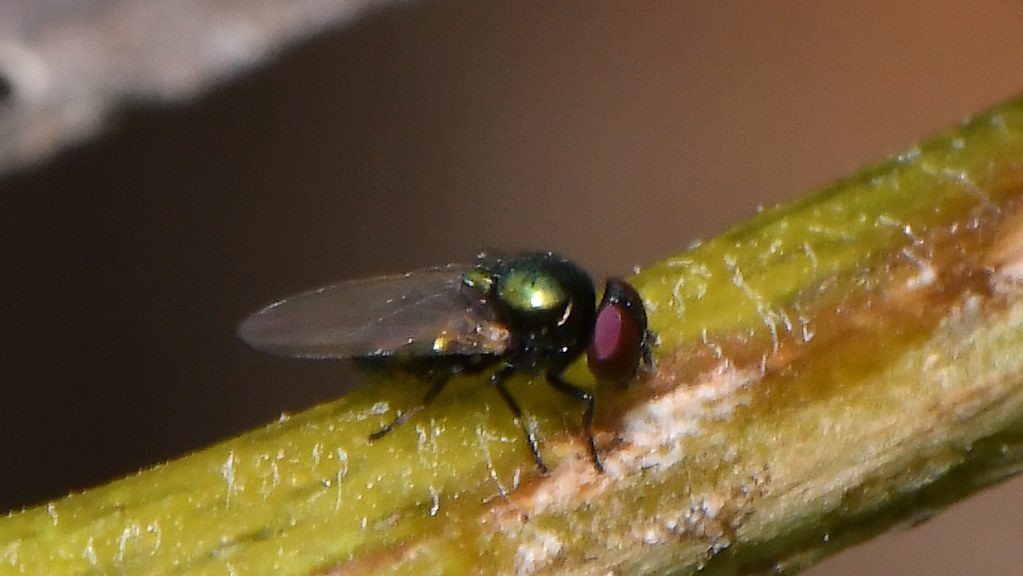 Gnats are those small little flying pests that roam around your kitchen, houseplants, and drains and are a standard household disturbance in the USA. While they rarely cause harm, their persistent presence can be frustrating. If you’re dealing with a gnat infestation, understanding how to eliminate and prevent gnats effectively is crucial.
In this detailed guide, we’ll explore proven strategies for identifying, removing, and preventing gnats in your home.
Gnats are those small little flying pests that roam around your kitchen, houseplants, and drains and are a standard household disturbance in the USA. While they rarely cause harm, their persistent presence can be frustrating. If you’re dealing with a gnat infestation, understanding how to eliminate and prevent gnats effectively is crucial.
In this detailed guide, we’ll explore proven strategies for identifying, removing, and preventing gnats in your home.
Identifying Common Household Gnats
The first step in successfully getting rid of gnats is identifying the type you have. Common household gnats include: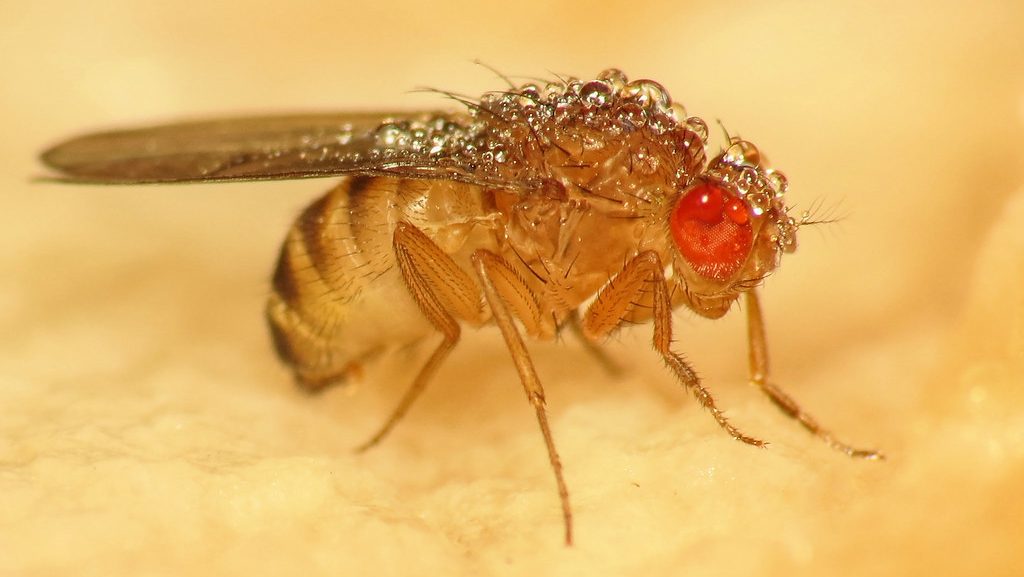

Not getting a solution?
Get your free pest control estimate today!Fruit Flies
Tiny, reddish-brown flies attracted to ripe or fermenting fruits and vegetables.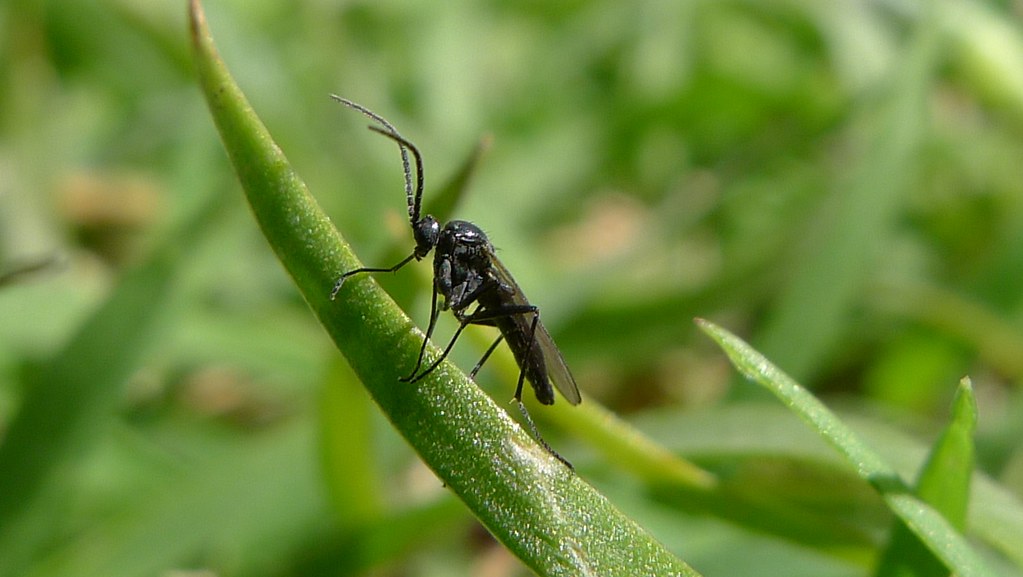
Fungus Gnats
Small black flies commonly found in damp potting soil and houseplants.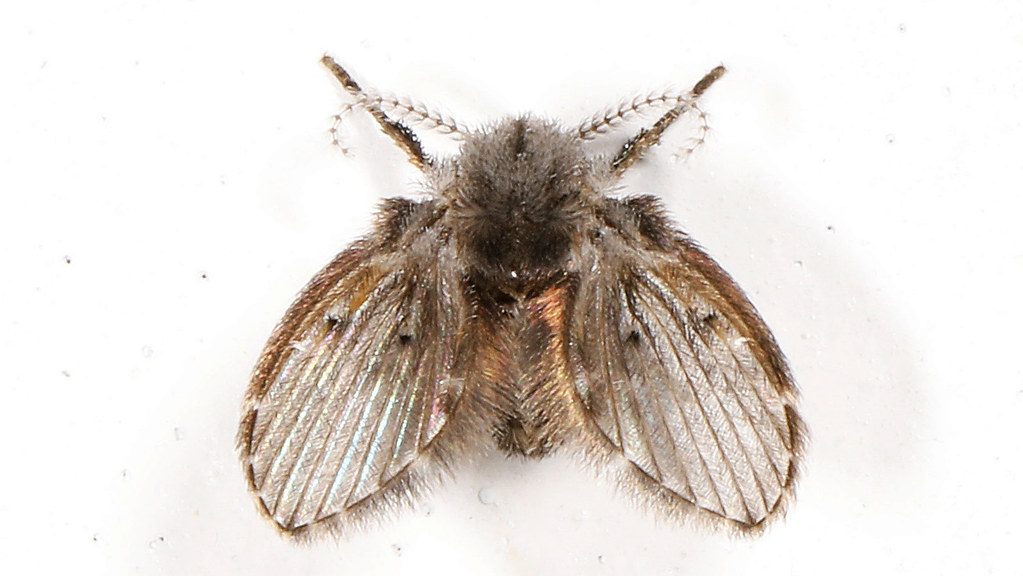
Drain Flies
Greyish, moth-like gnats found near moist drains and plumbing.Knowing which gnats you’re dealing with helps tailor your removal strategies effectively.
Why Are Gnats Attracted to Your Home?
-
Overripe or rotting fruits and vegetables.
-
Standing water or moisture from plumbing leaks.
-
Damp soil in houseplants.
-
Accumulation of organic matter in drains.
Gnats typically enter and thrive in homes due to conditions such as:
Understanding their attraction points helps you target these sources and eliminate gnats effectively.
Practical Methods to Eliminate Gnats Indoors
To successfully eliminate gnats from your home, it’s important to combine immediate solutions with preventive measures:1. DIY Gnat Traps
DIY traps are highly effective for immediate relief from gnats: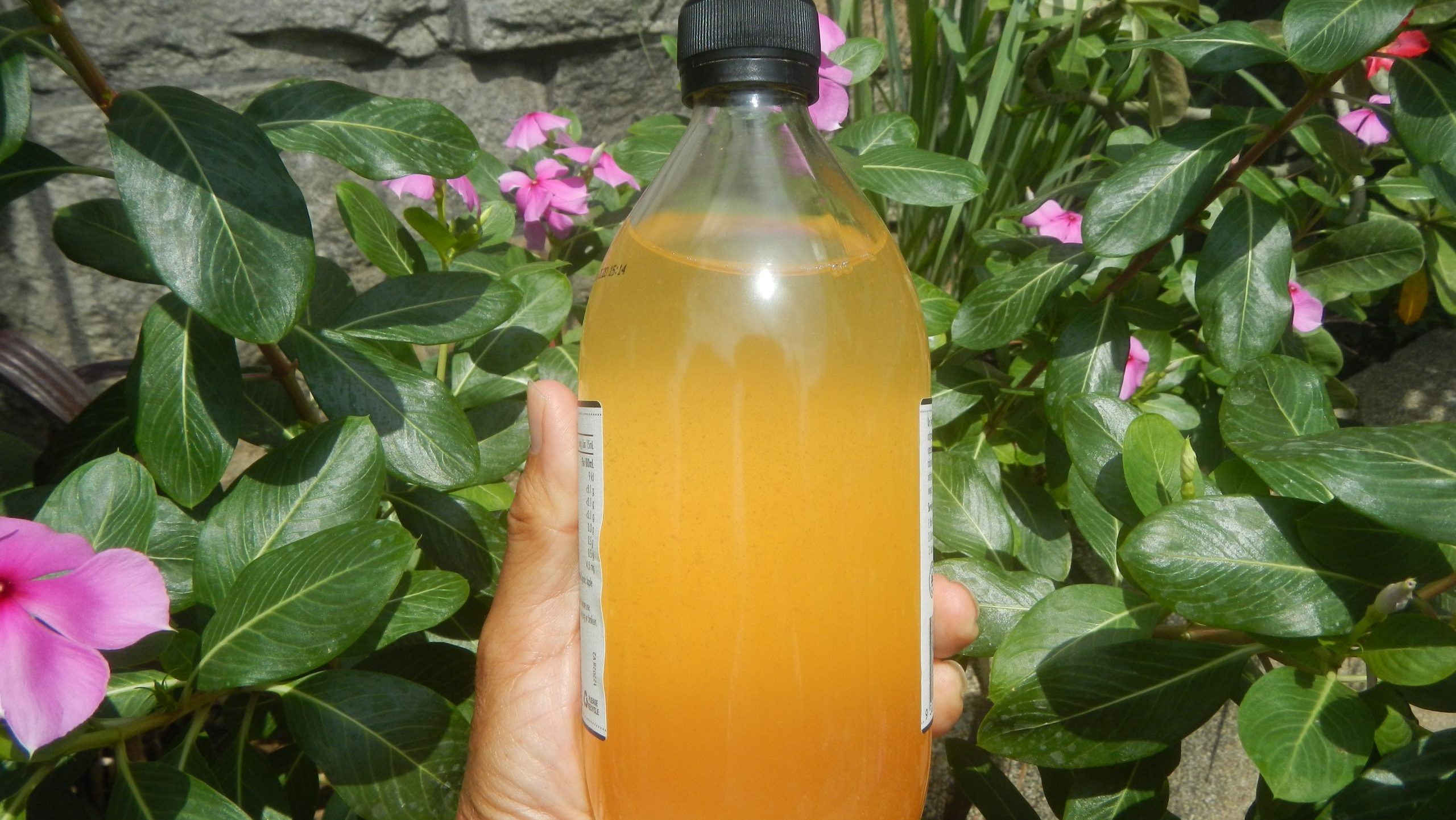 Apple Cider Vinegar Trap:
Apple Cider Vinegar Trap:
- Pour apple cider vinegar into a bowl and add a few drops of dish soap.
- Now cover the bowl with plastic wrap, poke tiny little holes, and place them near infestation areas.
- Gnats are attracted by the scent, enter the holes, and drown due to the dish soap.
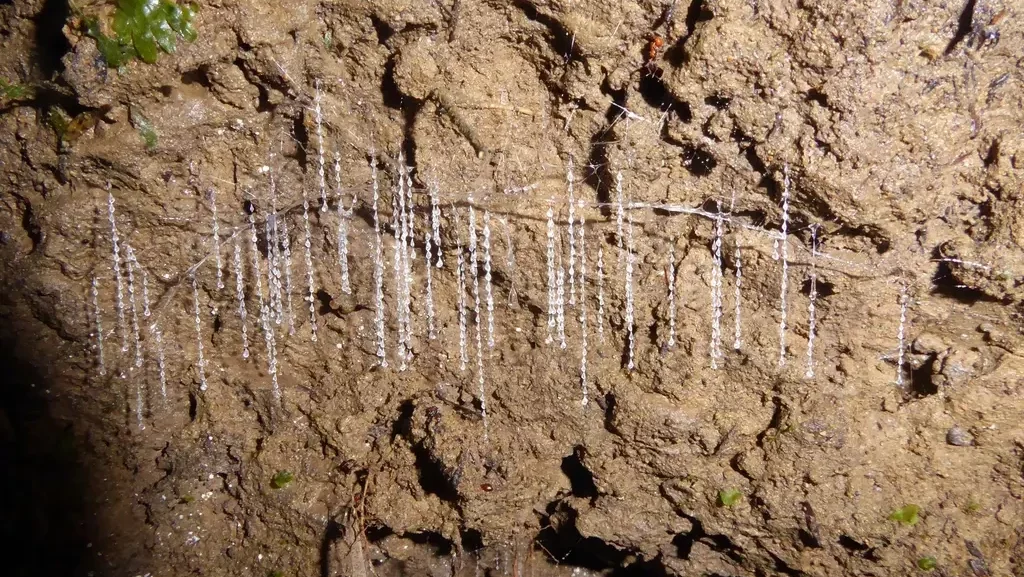 Sticky Traps:
Sticky Traps:
- Use yellow sticky traps near houseplants to catch fungus gnats.
- Place traps around kitchen counters and sinks to capture fruit flies and drain flies.
2. Cleanliness and Sanitation
- Maintaining cleanliness is essential in controlling gnats:
-
Dispose of rotting fruits and vegetables immediately.
-
Keep kitchen counters clean and free from food residues.
-
Regularly take out trash and ensure bins have tight-fitting lids.
-
Thoroughly clean garbage disposals and drains regularly with enzymatic cleaners or boiling water.
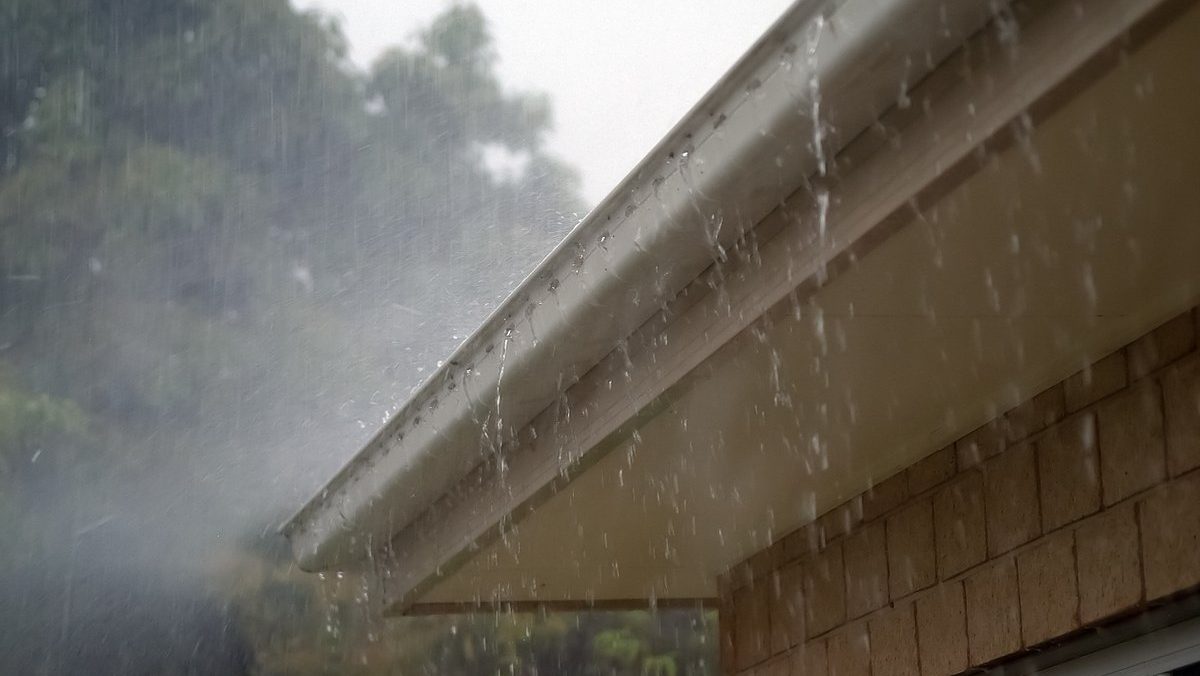
3. Moisture Control
- Reducing moisture discourages gnats from breeding:
-
Fix plumbing leaks immediately.
-
Regularly dry sinks, showers, and tubs to prevent moisture buildup.
-
Use high-quality dehumidifiers in damp areas like basements and bathrooms.
-
Improve ventilation, especially in kitchens and bathrooms, to reduce humidity.
4. Houseplant Care
- Fungus gnats commonly infest houseplants:
-
Avoid overwatering your plants; let the top inch of soil dry between waterings.
-
Replace infested potting soil with fresh soil.
-
Sprinkle cinnamon or diatomaceous earth on plant soil to deter gnats and kill larvae.
-
Use biological treatments like Bacillus thuringiensis israelensis (Bti) to safely eliminate larvae.
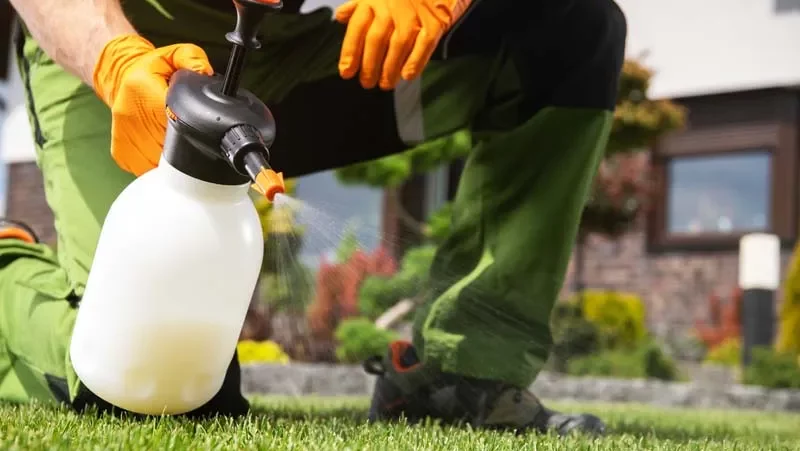
5. Chemical Treatments
-
Apply insecticidal sprays specifically labeled for indoor gnat control.
-
Use foggers or aerosol sprays cautiously, following label instructions for safety.
If natural solutions aren’t sufficient:
Chemical solutions should be chosen as a last option and applied carefully to protect household members and pets.
6. Professional Pest Control
-
Professionals accurately identify the infestation type and source.
-
Expert application of safe, effective treatments tailored specifically to your home’s conditions.
Constant or problematic infestations might require a professional pest control service centre or company to intervene:
Professional assistance is beneficial when DIY methods haven’t resolved the issue fully.
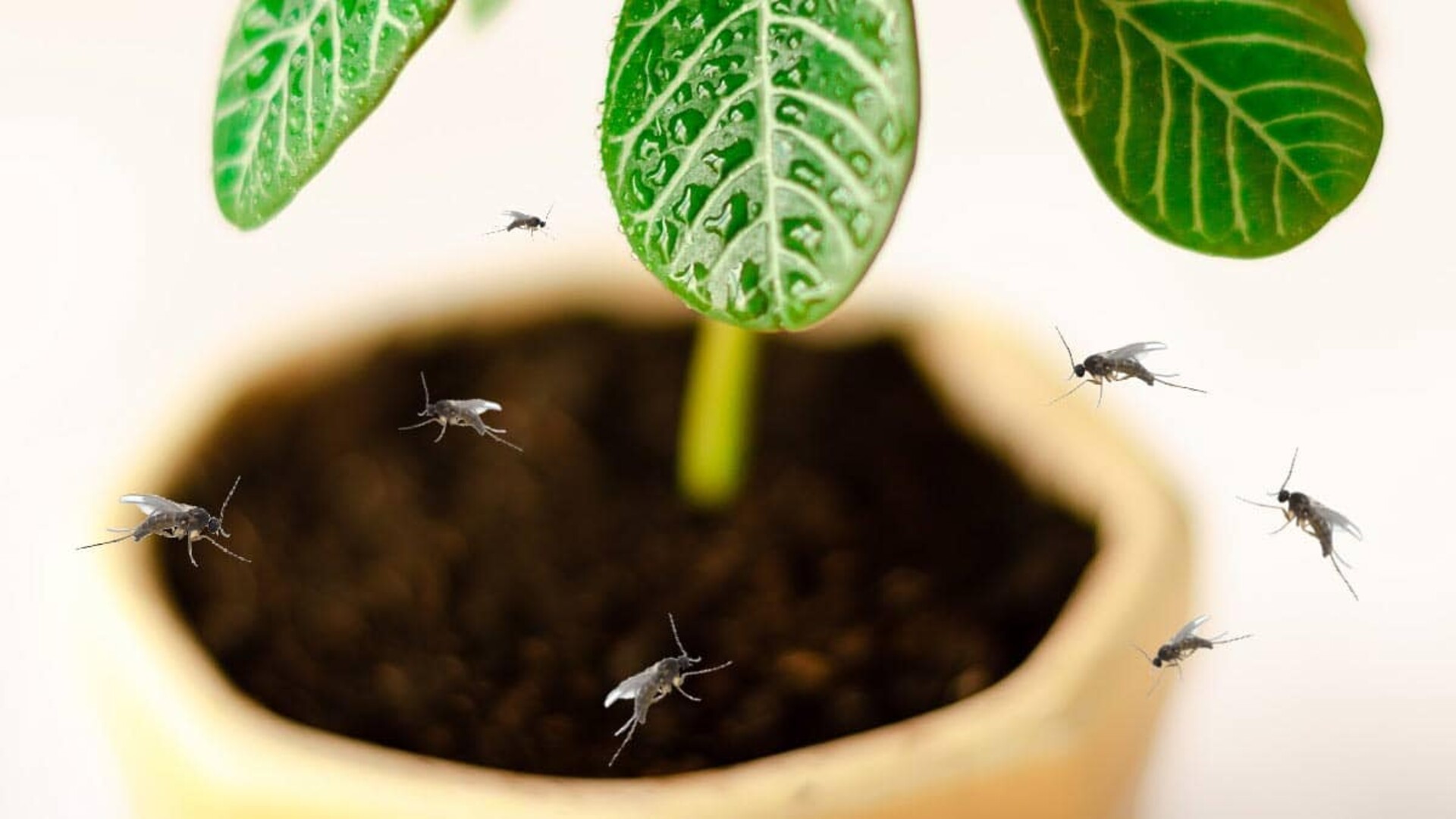
Long-term Prevention Tips for Gnats
Maintaining a gnat-free home involves consistent and proactive measures. By carefully addressing common trouble areas in your home, you can greatly reduce the likelihood of gnat infestations, ensuring a comfortable living environment for you and your family.Kitchen and Food Storage
Regular inspections of stored produce are essential, as overripe or decaying fruits and vegetables are prime attractions for gnats. Keep ripe produce in sealed containers or refrigerate it promptly to minimize the temptation for gnats. Additionally, swiftly clean up any food spills, crumbs, or residue to eliminate easy food sources and discourage gnats from settling into your kitchen.Drain Maintenance
Gnats often breed in damp and moist environments, such as drains. Regularly clean your drains using natural enzymatic cleaners to break down organic buildup that attracts gnats. Additionally, covering drains at night or when they’re not in use can prevent gnats from accessing them to lay eggs, significantly reducing their breeding potential.Garbage and Recycling Management
Garbage bins and recycling containers can quickly become gnat hotspots due to lingering food residue and odors. Regularly clean and sanitize these bins to remove buildup and odors. Choosing bins with tightly fitting lids helps limit gnat access to food waste, making your home less attractive to these pests.Home Maintenance and Repairs
Ensuring your home is well-sealed is critical in preventing gnats from entering. Regularly inspect your home’s exterior and interior, sealing any cracks or gaps around windows, doors, and vents. It’s equally important to routinely check and promptly repair window screens, providing an effective physical barrier against gnats.Houseplant Management
Indoor plants can attract fungus gnats, particularly when the soil remains moist for extended periods. Regularly inspect houseplants for early signs of infestation. To improve soil aeration and drainage, mix potting soil with perlite or sand. This reduces moisture buildup and discourages fungus gnats from breeding.Outdoor Gnat Control
Outdoor spaces are frequently overlooked sources of gnat infestations. Regularly eliminate standing water around your home, including birdbaths, pet dishes, and garden pots. Additionally, trimming dense vegetation and maintaining your landscaping reduces potential breeding areas, discouraging gnats from approaching and invading your indoor spaces. By consistently applying these practical, thorough strategies, you can effectively keep gnats at bay long-term, promoting a clean, comfortable, and pest-free home environment.If you feel things have gone out of control, it is advised to contact pest control professionals. Our team can provide a customized approach to protect your home effectively. Visit our Species, Control, and DIY Guide sections for additional resources on Gnats and ways to tackle a flies infestation.





